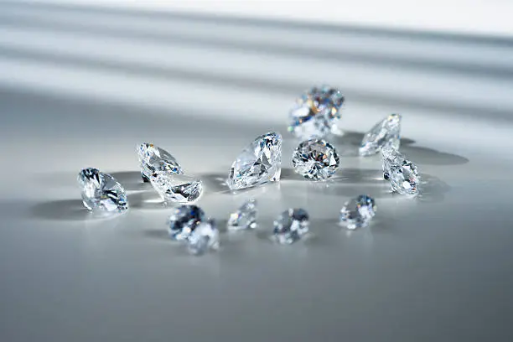In recent years, insider story of lab diamonds better have emerged as a groundbreaking alternative to natural diamonds, captivating the attention of consumers, jewelers, environmentalists alike. This article delves into the insider story of lab diamonds, exploring their creation process, market dynamics, the growing dem for these ethical gems.
Understing Lab-Created Diamonds
Lab-created diamonds, also known as synthetic or cultured diamonds, are chemically, physically, optically identical to natural diamonds. The primary methods of producing these gems are High Pressure High Temperature (HPHT) Chemical Vapor Deposition (CVD).
High Pressure High Temperature (HPHT) is a method that mimics the natural conditions under which diamonds form in the Earth’s mantle. In this process, carbon is subjected to intense heat pressure, resulting in the formation of diamond crystals. This technique can produce stones that are virtually indistinguishable from their natural counterparts.
Chemical Vapor Deposition (CVD) involves placing a diamond seed in a chamber filled with carbon-rich gases. Under controlled conditions, the gases break down deposit carbon atoms onto the seed, gradually forming a diamond. CVD allows for more precise control over the diamond’s characteristics, such as size color.
The Market Dynamics
The lab diamond market has experienced significant growth, driven by changing consumer preferences heightened awareness of ethical sourcing. According to a report by Mordor Intelligence, the global lab-grown diamond market was valued at approximately $18.1 billion in 2021 is projected to reach $42.5 billion by 2027, growing at a compound annual growth rate (CAGR) of 16.5%.
Several factors influence this growing dem. Ethical considerations play a significant role, as many consumers are increasingly concerned about the implications of natural diamond mining, which can be associated with human rights abuses, environmental degradation, conflict financing. Lab-created diamonds offer a conflict-free alternative, appealing to socially conscious buyers.
Cost-effectiveness is another compelling reason for the rise of lab diamonds. Typically, lab-created diamonds are priced 20-40% lower than natural diamonds, making them an attractive option for budget-conscious consumers. Importantly, this reduced price point does not compromise quality, as lab diamonds can be produced in various sizes specifications.
The environmental impact of diamond mining has also faced scrutiny. The industry is viewed as having a significant environmental footprint, whereas lab-grown diamonds are seen as a more sustainable choice, requiring less energy not disturbing ecosystems.
Industry Players Innovations
The lab diamond industry has seen the emergence of several key players, including Diamond Foundry, Brilliant Earth, MiaDonna. These companies are not only leading the production of lab-grown diamonds but are also focusing on innovative marketing strategies that highlight the benefits of these gems.
Diamond Foundry is known for its commitment to sustainability, using renewable energy sources to produce its diamonds appealing to eco-conscious consumers. Brilliant Earth emphasizes transparency in its sourcing manufacturing processes, helping to educate consumers about the advantages of lab-created diamonds. MiaDonna has made a name for itself by offering a range of lab-created diamonds custom designs, catering to diverse consumer preferences.
Challenges Misconceptions
Despite the growing popularity of lab-created diamonds, misconceptions challenges remain. Some consumers still equate natural diamonds with value prestige, viewing lab-grown alternatives as inferior. The industry is actively working to change these perceptions through education awareness campaigns.
There are also concerns about market saturation as more players enter the lab diamond space. However, industry experts argue that the dem for ethical sustainable products will continue to drive growth in this sector.
The Future of Lab-Created Diamonds
The future of lab-created diamonds looks promising, with advancements in technology growing consumer acceptance. As more individuals seek sustainable ethical alternatives, lab diamonds are likely to become a mainstream choice.
Innovations in production techniques, along with the expansion of retail channels, will further enhance the accessibility appeal of lab diamonds. Ongoing collaboration between producers, retailers, consumers will shape the future of this dynamic industry.
Conclusion
The insider story of lab created diamonds reflects a significant shift in consumer behavior values. As awareness of ethical sourcing environmental sustainability increases, lab diamonds are poised to reshape the gemstone industry. With their quality, affordability, ethical appeal, lab-created diamonds represent not only a revolution in the market but also a step toward a more responsible sustainable future in jewelry.




